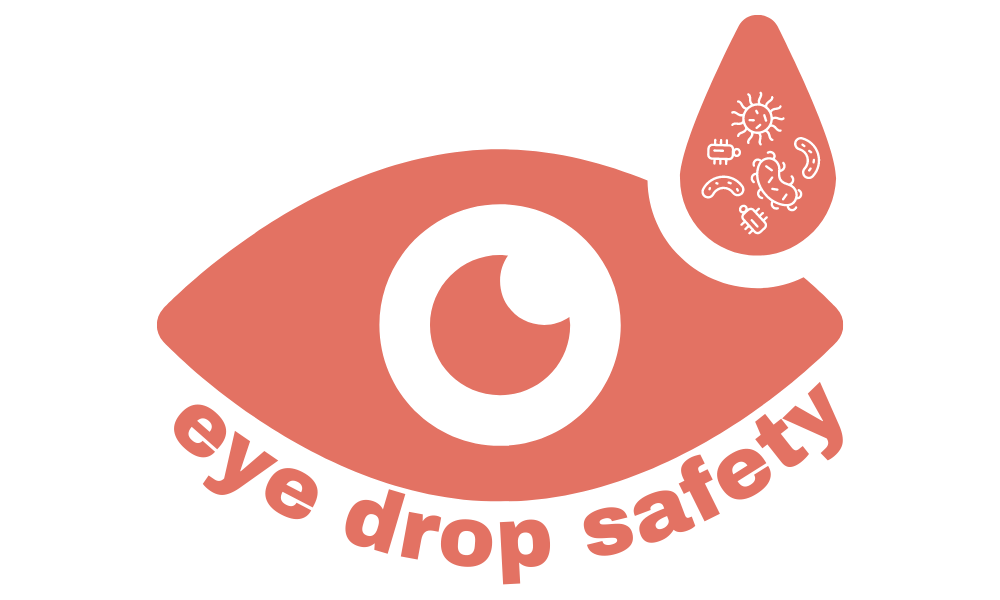Bloomberg Businessweek: “No Testing, No Inspections: Contaminated Eyedrops Blinded and Killed Americans”
“How a drugstore staple, made in an Indian factory and tainted with an antibiotic-resistant superbug, slipped past the FDA.”
Peter Robison and Priyanka Pulla of Bloomberg Businessweek reported on a months-long investigation into the Ezricare Artificial Tears tears tragedies. Dry Eye Foundation’s Dr. Sandra Brown was interviewed extensively for this story.
““The American public should know that nobody’s looking,” says Kevin Schulman, a professor at Stanford University’s School of Medicine. “It’s not the FDA’s fault that they don’t have the resources to do this. But they shouldn’t pretend that they can.””
“What made the outbreak possible is a gaping hole in the FDA’s supervision of over-the-counter medicines. They’ve long been among the agency’s lowest priorities—the assumption being that even if they don’t work, they probably won’t kill anyone. These drugs are essentially produced and sold on the honor system. A company doesn’t have to prove to the agency that its medicine is safe or effective or that it’s being made in proper conditions. There’s no testing involved; no inspection required. A company must attest only that it’s using approved ingredients and complying with good manufacturing practices. Basically, paperwork.”
“Sandra Brown, an eye doctor in North Carolina, spotted the notice in an email from the American Academy of Ophthalmology. Brown is also a board member of the Dry Eye Foundation, a nonprofit outside Seattle that publishes safety recommendations on eyedrops. The EzriCare multiuse bottle itself was the first sign of trouble for Brown. It was so cheaply made, she says, it lacked even a perforation at the tip. It was more like a bottle of Super Glue: The cap had a fang inside that people were meant to use to make their own hole. Brown wondered if the fang could be the source of the contamination.
She was surprised the CDC had chosen to send what seemed to be such an important notice in such a muted way. She and Rebecca Petris, president of the foundation, went ahead with an alert of their own. They posted a video on Jan. 23 describing the flaws in the packaging as a potential violation of a federal law that requires drops sold in multidose bottles to use suitable preservatives or packaging that minimizes the risk of contamination.
A lawyer for EzriCare responded with a cease-and-desist letter to the foundation, which took down the video. By then, Arumugam says, someone, he doesn’t remember who, had forwarded him an email about the concerns of “some eye foundation somebody.” He pulled his own drops from the market even though he says he believed they were safe, and they hadn’t yet been linked to any infections. “I don’t want to get legal problems,” he says. “I decided it’s better for me not to sell anything.” A week later, he says, an official from the FDA called. Arumugam was told that Global Pharma had agreed to a voluntary recall of both Delsam Pharma’s artificial tears and those from EzriCare.”
“Petris read about the terrifying eye infections with particular empathy. She’d opened the Dry Eye Shop, an online store for ointments, drops and other products, in 2005 after Lasik surgery left her with diminished vision, dry eyes and chronic pain. She established the Dry Eye Foundation in 2018 to focus on patient advocacy, and invited Brown, who’d been advising her on medical questions, to join the board.
More recently, Petris has been collecting drops that seem potentially unsafe. Of the dozens of brands she’s spotted—and complained about to the FDA—many are still available at Amazon.com, Walmart or both. Petris and Brown have been calling on the agency to not only go after problem brands but also to fix flaws in the system that allow them into the market in the first place.
”
“In May, the Dry Eye Foundation couldn’t resist one further test of the agency’s guardrails. Petris and Brown set up a company called Ocean Tears LLC, supposedly a maker of eyedrops. They paid about $500 to establish the company and get a Dun & Bradstreet number, a business identifier the FDA software requires from those listing a new OTC product. They found a way to include on the label a made-up proprietary substance as one of the inactive ingredients. The listing sailed through the system.
Emboldened, they invented another drop, calling it Mermaid Tears. Its purpose, they wrote, is “to protect against eye irritation from salt water” and “to allow you to see like a mermaid under water.” Among the warnings on the label, they included this one: “This is a non-preserved drop improperly packaged in a standard eye drop bottle.” Anyone who accidentally swallowed it was advised to seek medical help, ideally at an aquarium.
Petris and Brown didn’t encounter any problems with those eyedrops, either. Then, two months later, after Bloomberg queries, the FDA blocked their bogus company from listing new products. Should they want to manufacture and sell their Mermaid Tears, though, it seemed nobody was going to stop them.
”
